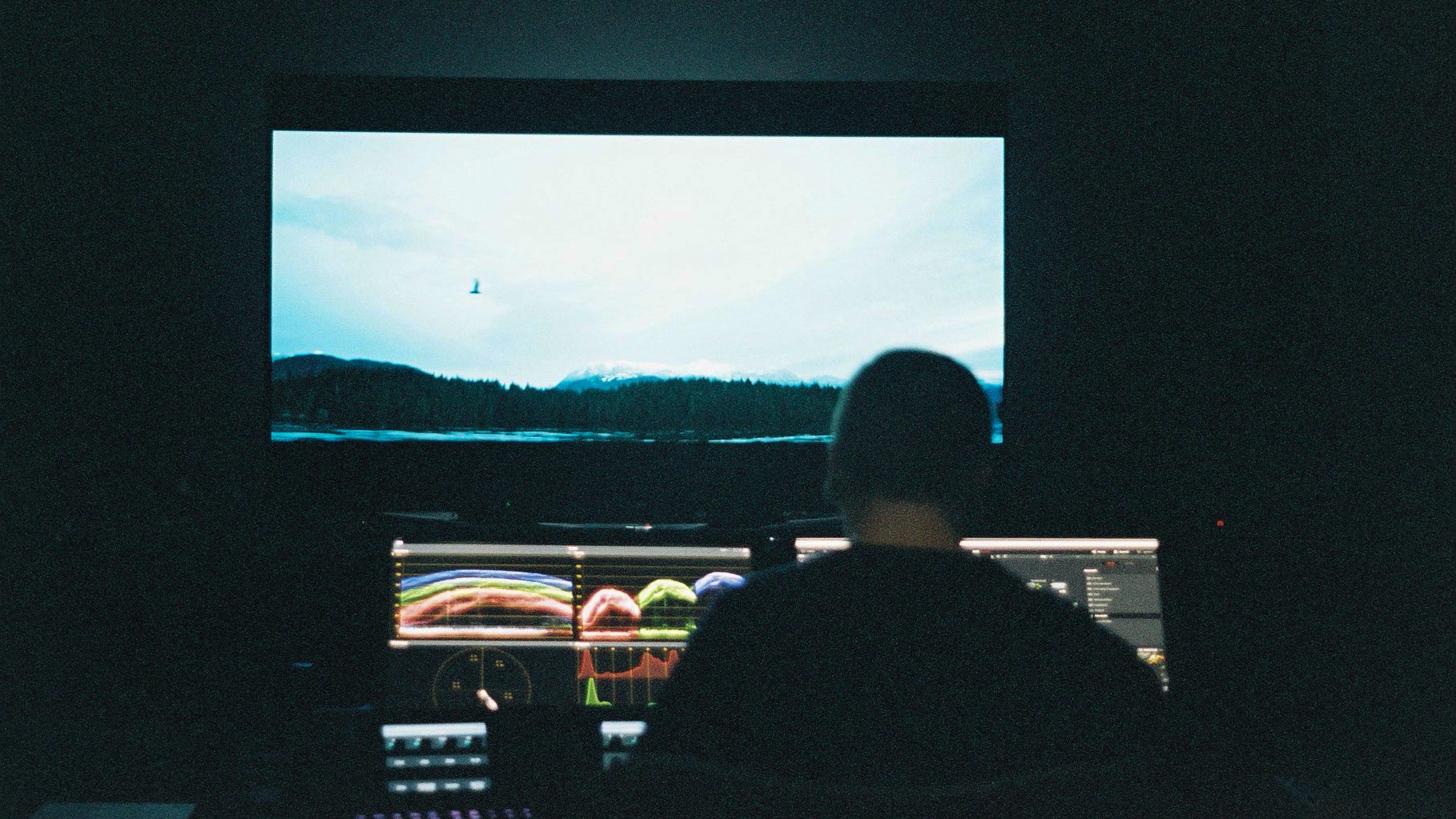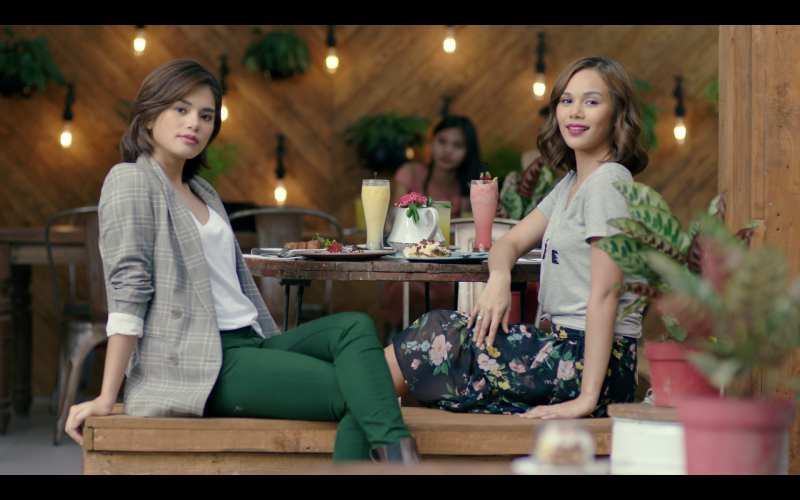-
Posts
16 -
Joined
-
Last visited
Content Type
Profiles
Case studies - Free
Case studies - Premium
Resources
Insider
Courses
Forums
Store
Posts posted by Sam Gilling
-
-
The Waqas guy as a good eye but that's about the only good thing I can say, looks like snake-oil otherwise. Anyone who starts a conversation (or leads their website) with their billings isn't someone I'd particularly want to associate myself with. Drinks on him, though.
While the 'advanced' course on Lowepost wasn't particularly advanced, in my opinion all of the case studies that were put out a couple of years ago are still the best resource for learning how to grade anywhere on the internet and wish the site would get back to publishing more of them as it's very rare to get that level of insight from other colourists working at that level, so I'd read through those and Mixing Light's archive.
Once you learn the bones of Resolve though the best way to get better is just to practice; being a good colourist isn't knowing a bunch of crazily technical methodologies; it's about applying very basic concepts in an intuitive and effective way.
-
 5
5
-
-
These are old Lustre DI LUTs that I've had some luck with in the past.
-
 1
1
-
-
You're trying to do too much, don't force a bleach bypass into what looks like a food/beauty spot.
Maybe the heavy-yellow was part of the creative direction but it's pretty strong and you don't have any colour separation in the image, especially with skin tones blending into the wood panelling (which is partly down to the location).
This is just a curves layer under the Arri LUT in Photoshop, you'd probably want to go in with a secondary to fix the colour of the clay pots (like you did with your grade) but focus on getting a correct balance first. The films nominated at the Oscars may have had much bigger budgets than whatever was allocated to this spot, but if your initial balance is off then none of your grades are going to get that far, no matter how many nodes you throw at them.

-
 5
5
-
-
Film contrast isn’t a constant value, if you soft light an image and shoot it with film it’ll be flat, if you hard light it it’ll be contrasty, just as with digital.
The output of an image going through a print LUT is entirely dependent of the kind of signal you’re pushing through it, it’s not like every project shot before digital capture had an identical contrast ratio.
-
 1
1
-
-
1 hour ago, Amada Daro said:
Old tech but the only primary controls with full tonal range control.
I've started using the offset control in Resolve a lot for this very reason, you can move the entire signal around with one control and after a little practice can move pretty fast and do a lot with it.
Plus having only one parameter changing from shot to shot vs three with LGG means there's less to tweak on a per-shot basis as you're not pulling the signal in different directions as much.
-
 3
3
-
-
2 minutes ago, Nicolas Hanson said:
Why do you have to modify the settings? Aren't the hotkeys set up to push one increment on each color channel on each click?
Sometimes you want to be able to move the channels around with more finesse, I like setting them to .5 or .3r.
-
 1
1
-
-
5 hours ago, Aaron Rosapepe said:
Anyone here have experience with Cinegrain products?
I like them but have also found most of them are very heavy handed, I tend to use their lightest 35mm grain sample and even then take the contrast down on it so it's not as strong. Very happy with the results though.



Edit: was able to look it up; the one I most often use is "35mm_64D_Fine_Gentle".
-
 2
2
-
-
Do it as a timeline node, avoids creating a messy timeline in the edit page and means you don't have to add to every clip's node graph.
-
 2
2
-
-
Grab a still of shot a with the LUT you're looking to emulate with the saturation set at 0, then desaturate the log image and just play around with curves until you can match to it. If you don't want the colour transform then it should be a pretty simple match.
-
 1
1
-
 1
1
-
-
8-10 days to shoot 42 minutes of TV vs 30-100+ days to shoot 100 minutes of a feature.
Similarly you might grade a 42 minute show in a couple days vs spending 1-3 weeks on a feature.
TV budgets are getting bigger, but you've just got more time to light sets in features and then more time in the grade to refine things.
-
I'll take an HD ProRes file from the first ALEXA body over anything out of a RED. Not even a question.
-
 3
3
-
-
A friend gave me a roll of Vision3 500T he bought from an eBay seller in Asia, he processed it for me in standard C41 chemistry and I scanned it on my not-so-great Epson V550. You can't process it at a standard stills lab as motion picture film contains a remjet layer that regular stills film doesn't have, so you can't process both at the same time.
Can see some of the results here in images 17-21.-
 1
1
-
-
First thing that came to mind is the "use S-curve for contrast" feature, which is project and not shot-dependent.
You could have the same shot in two different projects with an identical contrast adjustment, but if one project has curved contrast and one has linear contrast then they'll look slightly different.
-
 1
1
-
-
3 minutes ago, Mitch Paulson said:
FYI, We didn't do Sicario in under a week. We ended up using 60 hours to complete that DI.
The lowest I usually get is movies that want to be done in about 60-65 hours. Those never have 3D or HDR pass to worry about. Movies like Rouge One, which had all the formats, took me months to complete and ended up using about 300 hours. So, it really can vary.
Ah my bad, I was going off memory from an interview Roger Deakins did a while back. Found it - http://www.afcinema.com/Cinematographer-Roger-Deakins-BSC-ASC-discusses-his-work-on-Denis-Villeneuve-s-film-Sicario.html?lang=fr
QuoteWhat do you bring to the image during digital colour timing ?
RD : I sometimes hear certain cinematographers or colour timers explain that you can really create the film’s “look” using digital colour timing. That doesn’t make any sense to me. The visual identity of a film is created when it is shot, period. Sicario, like most of the films I have done, didn’t take more than seven days of work in the colour timing room. But those seven days are spent entirely with the colour timer, so that copy after copy, we obtain the final version. Overall, five days for the first version shown to Denis, then two days spent making the final corrections. A very simple, very direct step, where the few manipulations made to the image are essentially reduced to fixing the inaccuracies of colour that inevitably occur in modern outdoor daylight shooting conditions.
Can't wait for Blade Runner btw.
-
 3
3
-
-
- Popular Post
- Popular Post
Like Tom said it depends on a few factors. I've got a feature coming up next week but it's only 84 minutes and 300-ish shots, so I don't think I'll need more than 3-4 days on it, and even that'd be taking it slow.
As budgets go up then invariably time allocated to DI will too, especially when you have new versions of VFX shots being swapped in/out or last minute edit changes being made etc.
I'd say the standard for a studio feature is 2-3 weeks, but that can vary from The Revenant taking two months down to Sicario being done in under a week.
-
 8
8






Freelance Colorist Master Class?
in General Discussions
That's my mistake on the wording, I should've checked.
Am hopeful for more content from Lowepost though, some BTS was posted a while back of interviews with very talented folks so would be great to see them released down the line.